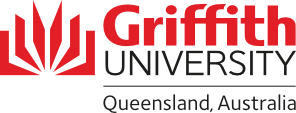Please note that this is an on-going project.
Project Description
High-frequency water quality monitoring technology has considerably improved in the last decade. New generation optical sensors allow for reliable, in-situ monitoring, with real-time data often remotely accessible through the cloud. Since 2020, two mobile water quality stations have been built, consisting of trailers with solar panels, batteries, pumps and sensors; allowing the team to monitor, remotely and in real-time, the unpredictable, quick water quality (e.g. turbidity, nitrates) variations of our freshwater waterways. We have completed several applications around South-East QLD, assessing e.g. the impact of rainfall and fertilisers on downstream creek water quality. Importantly, combining machine learning to the collected big data, smart predictive models can be built to e.g. optimise fertiliser applications.
Project Personnel and Beneficiaries
The overall research project benefit local councils and government, which can better understand and manage sources of water pollution. With a new focus on the Bundaberg region, we hope we can also better assist farmers in better manage and maximise their fertilisers’ uptake.
Outcomes to Date
Three trials have been successfully completed by monitoring local sites and improving the reliability of our stations. Planning for field work in Bundaberg is currently underway.
Project Significance
This project aligns with SDG6, clean water and sanitation, by helping monitoring and avoiding water pollution. If, by the end of the project, we managed to also optimise fertiliser dosage, this would lead to co-benefits, e.g. economic savings (SDG 8) for the farmers, and protecting life below water (SDG14), such as in the Great Barrier Reef, by reducing the amount of harmful nutrients reaching these delicate ecosystems.

